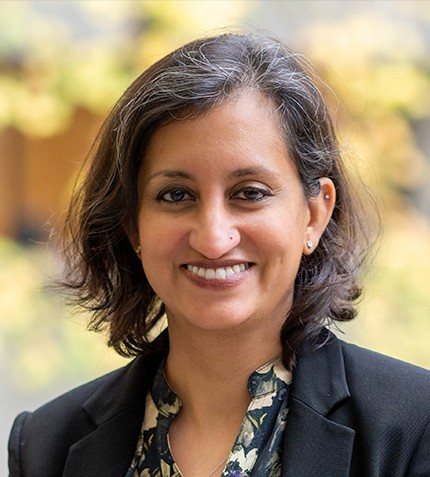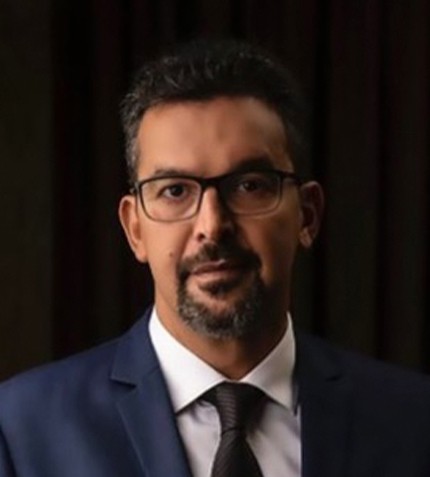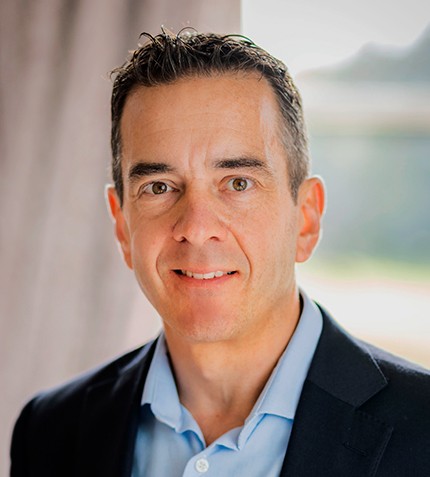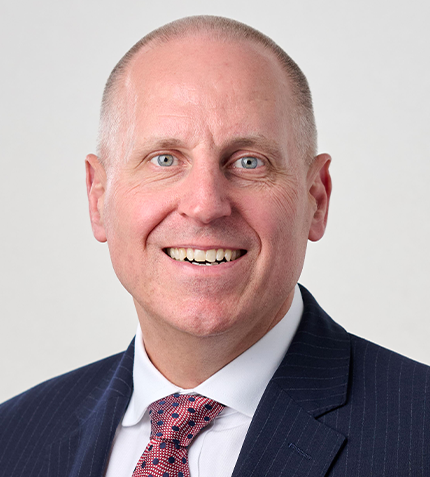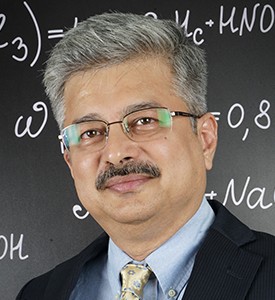
“I could not say that the transformation of the company in 2000 was a premeditated step, but what happened is that we came across a gap in veterinary products, and for the next 10 years we continued expanding our product range in this space."
Rahul Nachane
MANAGING DIRECTOR, NGL FINE CHEM
NGL Fine Chem has been in the industry for 38 years. Could you give an overview of how the company has changed over the years?
The company started off as a human API company in 1981, with a single manufacturing unit in Navi Mumbai. In 1994, NGL Fine Chem went public, but the following years saw many ups and downs. This is when we had to shift our attention from mass scale production to small volume, higher value products. In parallel to this shift, we also moved towards veterinary products. Today, we are the second largest veterinary drug producer in this country.
What was behind this dramatic overhaul that took place in the 2000s, and how has the market evolved since?
I could not say that the transformation of the company in 2000 was a premeditated step, but what happened is that we came across a gap in veterinary products, and for the next 10 years we continued expanding our product range in this space.
It is worth keeping in mind that almost 70% of the products used in the veterinary business are human-health products, and thus have a dual use. However, there are certain products that are unique to veterinary application. For example, animals have a higher likelihood of ingesting worms, which attack tissues, lungs, intestines or the heart. We provide a wide range of products to meet this kind of disease and offer a variety of anthelmintics. Another important focus is in anti-protozoals, to protect farm animals from blood infection diseases transmitted by insects, pests, or mites. We retained a very small focus in human health, which contributes to around 5% of our sales. The rest of 95% of our business is veterinary.
How did the crackdown on pollution impact your business and how do you see this dynamic playing out in the future?
The clampdown on pollution in China was not restricted to APIs but also to chemicals; in fact, it affected the chemicals industry more than pharma. The result has been a steep rise in prices for chemical compounds, which picked up in early 2017. Pharmaceutical companies were also affected and had to increase their prices. Some factories even closed down, which created an opportunity for Indian companies.
Before all of this happened, some Indian products were simply not competitive against Chinese-made products. The environmental restrictions in China eroded the price advantage China had, hence opening doors for India, not just in pharma, but also in chemicals and pesticides. Most importantly though, it created a shift in customer mentality, who are now thinking that it is not enough to have just two suppliers, but two suppliers in two different countries as insurance against policy and economic changes. Today, we talk about environmental laws, and tomorrow it could be a political upheaval; buyers need to plan to minimize risks.
NGL Fine Chem invested up to 2% of its profits in CSR activities in the past three years. How do you choose where to focus your CSR contribution?
For the past three years we have observed different projects, and based on their progress, we increased our involvement accordingly. For example, there is an eye hospital in Navi Mumbai that conducts free surgeries for patients from lower economic backgrounds; we started with small donations, but last year our contribution increased fivefold. CSR is not just about giving the check and closing your eyes – one needs to follow through to make sure the money gets into the right hands, and we have witnessed the great impact of our support.
This financial year, NGL Fine Chem enjoyed over 30% growth. How will you sustain this solid growth moving forward?
In the veterinary market, there are three segments by the target receivers: mammals, birds and fish. Currently, NGL Fine Chem is present in the mammals’ space, but planning to launch products for the poultry market this year. The products that we have at this moment are essentially the bread and butter of the veterinary business, with an ample focus on farm animals and mammals. We also have a few phosphorous compounds to stimulate animal growth. With a strong product base, and having just commissioned an expansion, we hope to grow at least 20% every year. Additionally, we are creating a land bank with three parcels of land ready to be used to set up new plants.




